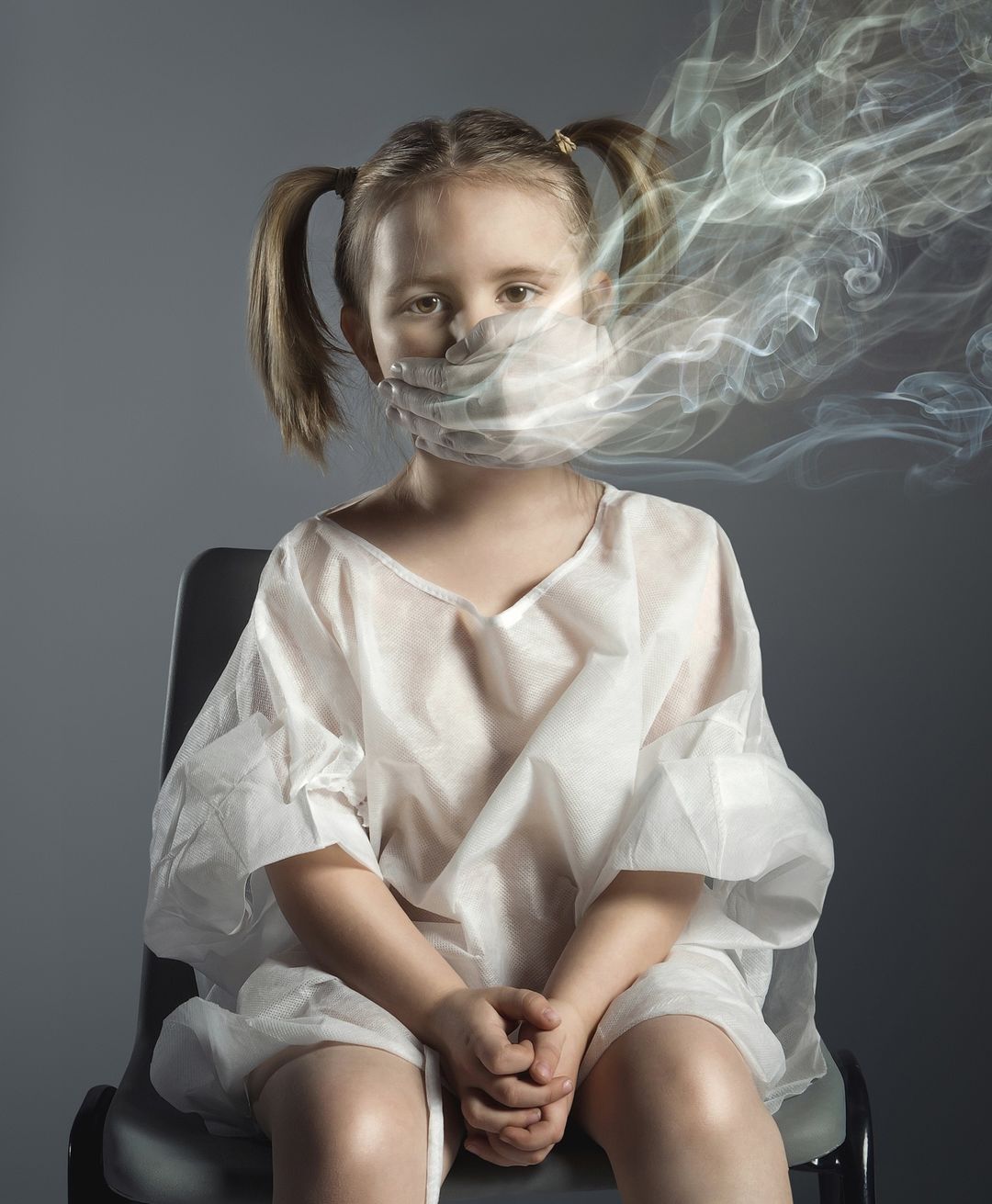Menu




Secondhand smoke and the harmful chemicals in it are known causes of Sudden Infant Death Syndrome, Asthma Attacks, Respiratory Infections, and Ear Infections in infants and children.
Secondhand smoke is also a known cause of stroke, Lung Cancer and Heart diseases in adult passive non-smokers.




Secondhand smoke, also known as passive smoke or environmental tobacco smoke (ETS), poses significant health risks to non-smokers who are exposed to it. It consists of a mixture of the smoke exhaled by a smoker and the smoke emitted from the burning end of a cigarette, cigar, or pipe. It is a toxic mix of over 7,000 chemicals, many of which are harmful and even carcinogenic. Breathing in secondhand smoke can cause serious health problems, especially for children, pregnant women, and individuals with pre-existing health conditions.

Children exposed to secondhand smoke are more likely to develop respiratory infections, such as pneumonia and bronchitis. The smoke weakens their immune system and damages their developing lungs.
Secondhand smoke exposure is a known risk factor for SIDS, also known as crib death. Babies who are exposed to passive smoke have a higher risk of this tragic outcome.
Prolonged exposure to secondhand smoke can impact a child’s cognitive development, leading to potential learning and behavioral issues.
Secondhand smoke contains many of the same harmful chemicals as directly inhaled smoke, like nicotine, tar, and carbon monoxide. These substances can irritate the respiratory tract, leading to coughing, wheezing, and shortness of breath.
Exposure to secondhand smoke can trigger asthma attacks or worsen asthma symptoms in individuals with pre-existing asthma. It can also increase the likelihood of developing asthma in children.
Long-term exposure to secondhand smoke is associated with the development of chronic respiratory conditions, including chronic obstructive pulmonary disease (COPD) and chronic bronchitis.


The toxic chemicals in secondhand smoke can contribute to increased blood pressure and heart rate, further stressing the cardiovascular system.
There is no safe level of exposure to secondhand smoke, and even brief exposure can increase the risk of lung cancer. Studies have shown that non-smokers who are regularly exposed to secondhand smoke are at a higher risk of developing lung cancer.
Secondhand smoke is also associated with an increased risk of other cancers, including breast cancer and cancers of the bladder, throat, and nose.


Exposure to secondhand smoke can contribute to the development of periodontal disease, similar to direct smoking. It exacerbates inflammation and infection in the gums, leading to potential tooth loss and other dental issues.
The acidic environment created by secondhand smoke can contribute to the formation of dental caries (cavities) and other oral health problems.
Secondhand smoke exposure during pregnancy can lead to complications such as low birth weight, preterm birth, and developmental delays.
Exposure to secondhand smoke can negatively impact reproductive health in both men and women, potentially leading to difficulties with conception and pregnancy complications.

Educational Resources: Learn about the dangers of secondhand smoke and the benefits of going smoke-free.
Support Network: Connect with others who are committed to creating a smoke-free world and share tips and strategies.
Practical Guides: Access step-by-step guides on how to eliminate smoking from your home, car, and workplace.
Advocacy Tools: Get involved in local and national initiatives to promote smoke-free policies and protect public health.


Together, we can build a healthier, smoke-free future.

Got Questions? Call us 24/7
info@smokefreeme.co.uk
Guzel & Co Ltd, Spaces Finsbury Park
17 City North Place, London, N4 3FU
Got Questions? Call us 24/7
info@smokefreeme.co.uk
Guzel & Co Ltd, Spaces Finsbury Park 17 City North Place, London, N4 3FU